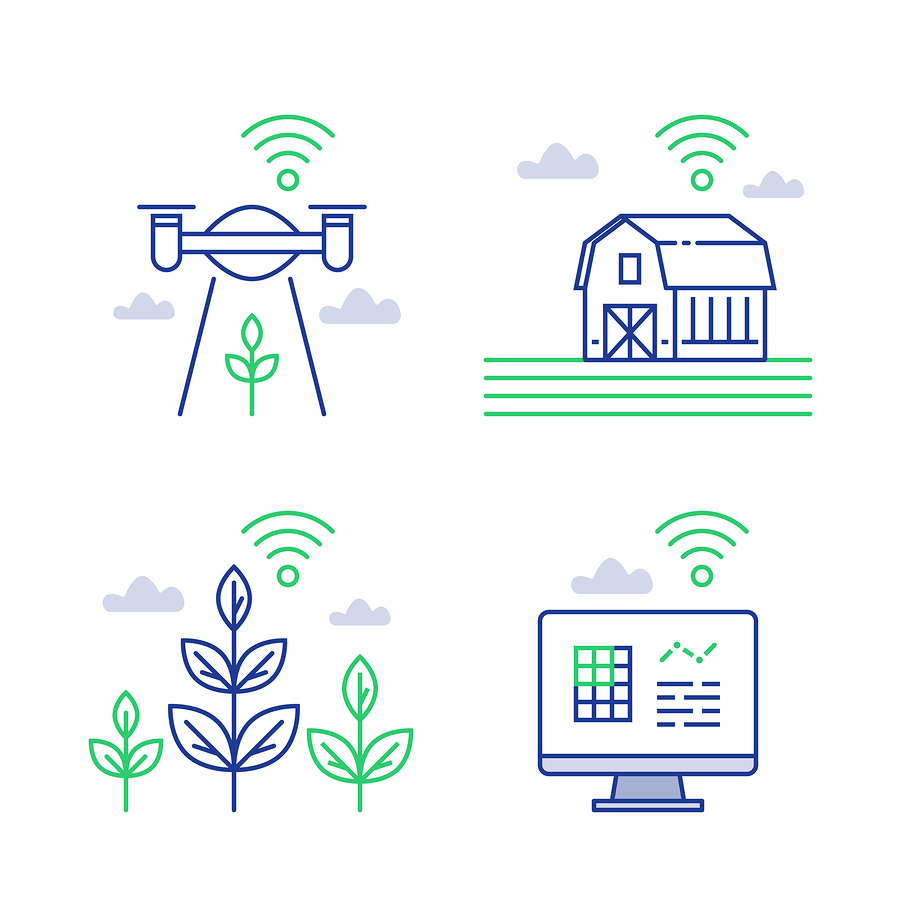The peasant, scythe in hand, will soon be only an idyllic memory, while the agricultural world moves full tilt into a universe where new technology, computerization, digitization, artificial intelligence, automation and robotics reign. While answering to the economic and environmental challenges of the 21st century, this revolution also enables farmers to free themselves from repetitive and tedious tasks in view of focusing on more profitable activities such as management and planning.
Here are some examples of benefits introduced by new technologies in the primary sector:
- Improved agricultural control: from connected objects, to sensors, weather stations or weather sensors, the algorithms will be in place to analyze soils and farming operations in view of detecting possible microbes or contamination. Applications of products such as VisioGreen or Prospera will be able to improve harvests and optimize cultivated areas.
- Decision making facilitated: the farmer will be able to make more educated choices because the recommendations from the artificial intelligence algorithms will be based on a maximum amount of data, which will have to be collected by drones. That’s why PriceWaterhouseCoopers expects that the market for drones for agricultural use will exceed $30 billion six years from now. Platforms like Piloter sa ferme or The Green Data simplify administrative management of an operation, thus improving its productivity.
- Fine-tuned forecasts: machine learning algorithms arrived at by the combination of real time and historical data (sunlight, irrigation…) will give farmers better forecasts based in particular on preset parameters in apps such as Samys or aWhere.
- Chores made easy: thanks to robotics and automation, stock farmers and crop farmers perform fewer dirty, tedious, tiring or repetitive jobs, such as milking, feed distribution or irrigation. A new level will be reached with artificial intelligence. What’s more, they will benefit from customized suggestions and advice designed to reduce production costs, improve productivity and lessen their carbon footprint. According to Tractica, the market for smart agricultural equipment is expected to grow from $10 billion in 2019 to more than $74 billion in 2024, a number of pieces of equipment that could increase six fold over the same period to reach 600,000.
This technological shift, already used for several years by many stock or crop farmers, is poised to reach new heights with artificial intelligence. At this stage it’s a question whether the men and women in the primary sector will have the finances to modernize their equipment, in spite of subsidies from the Ministry of Agriculture and the growing interest of investors in this sector. It is also a question whether these same men and women have the willingness and ability to use these increasingly modern technological methods so disconnected from their core business.
